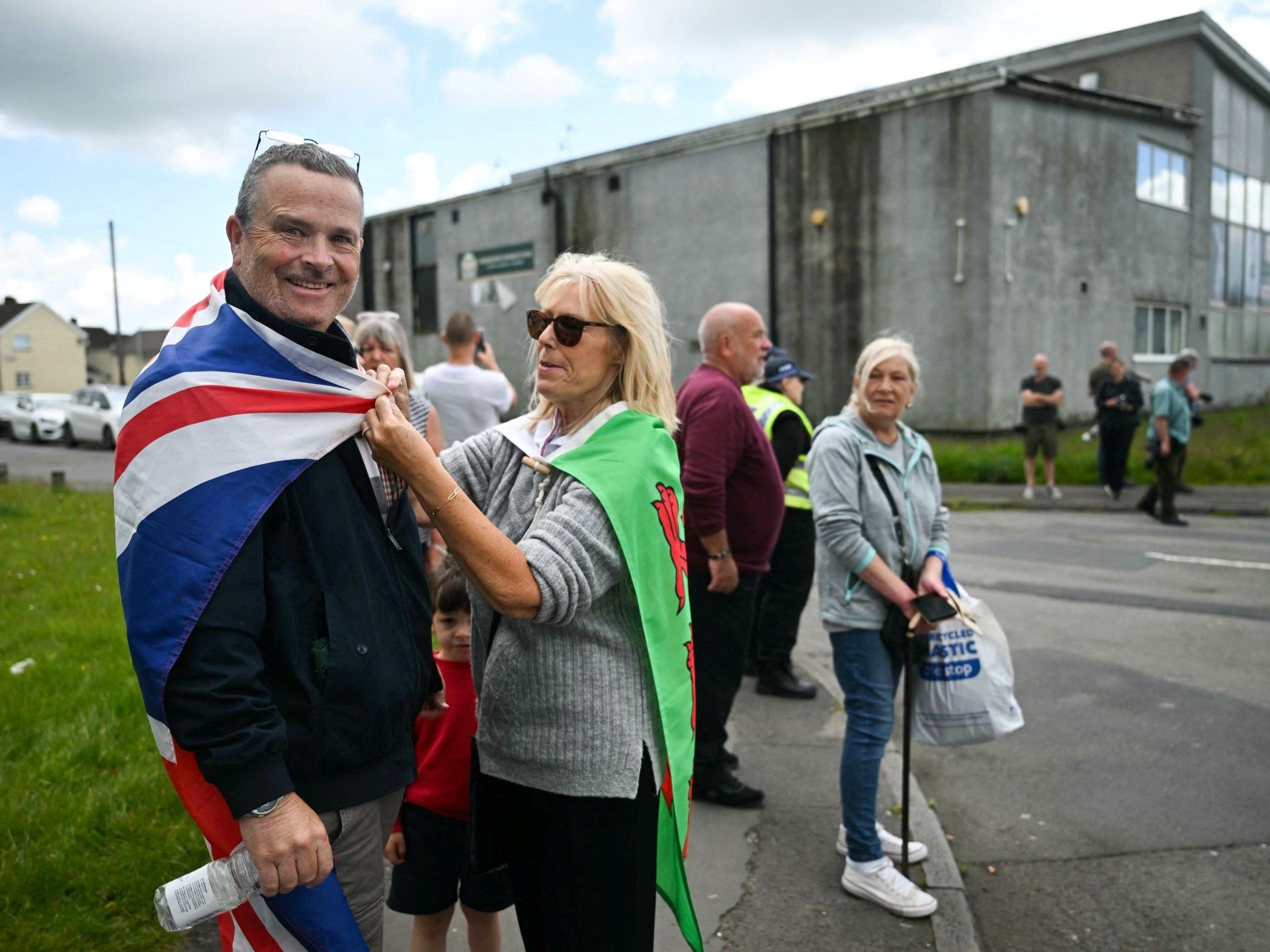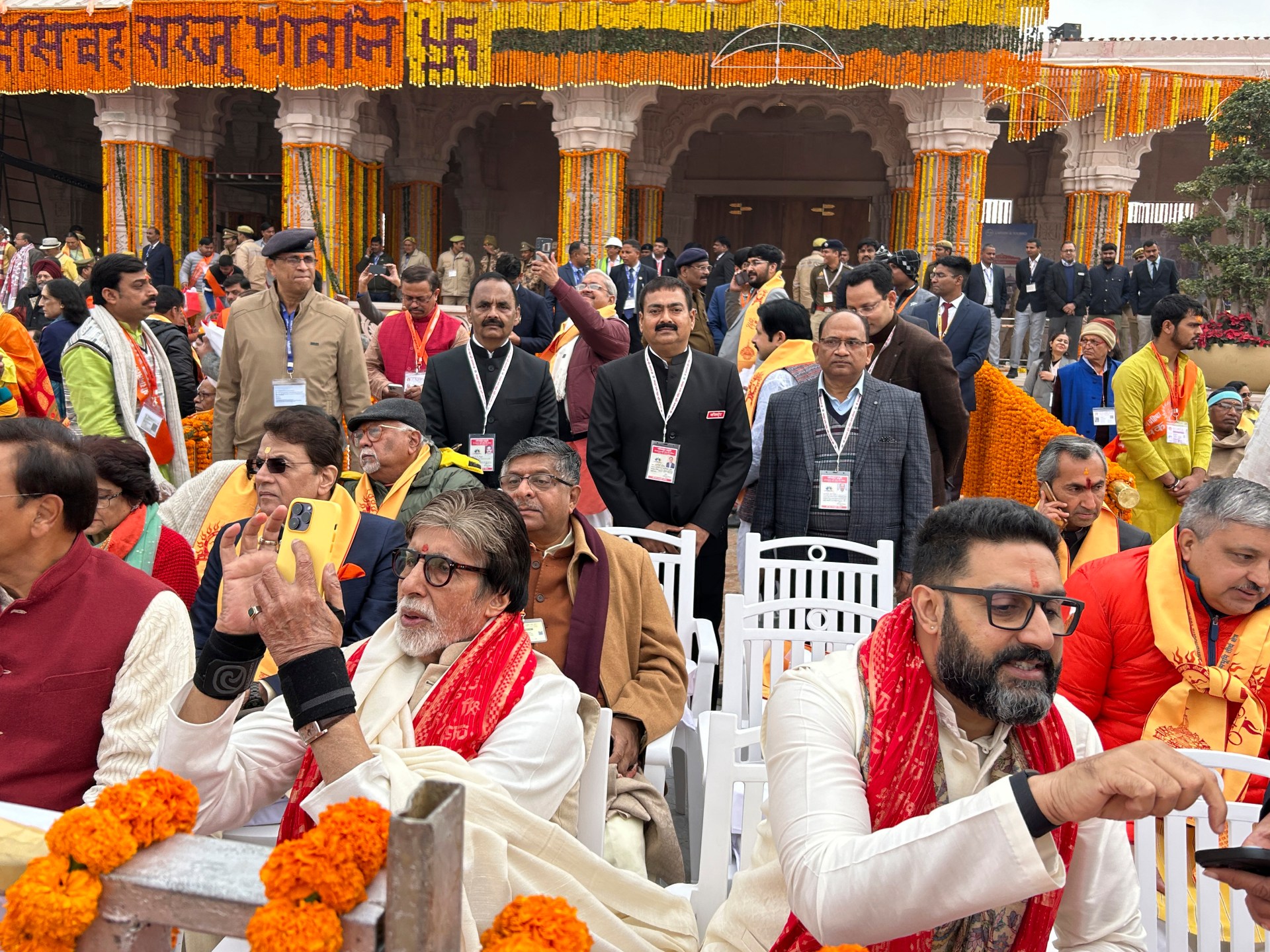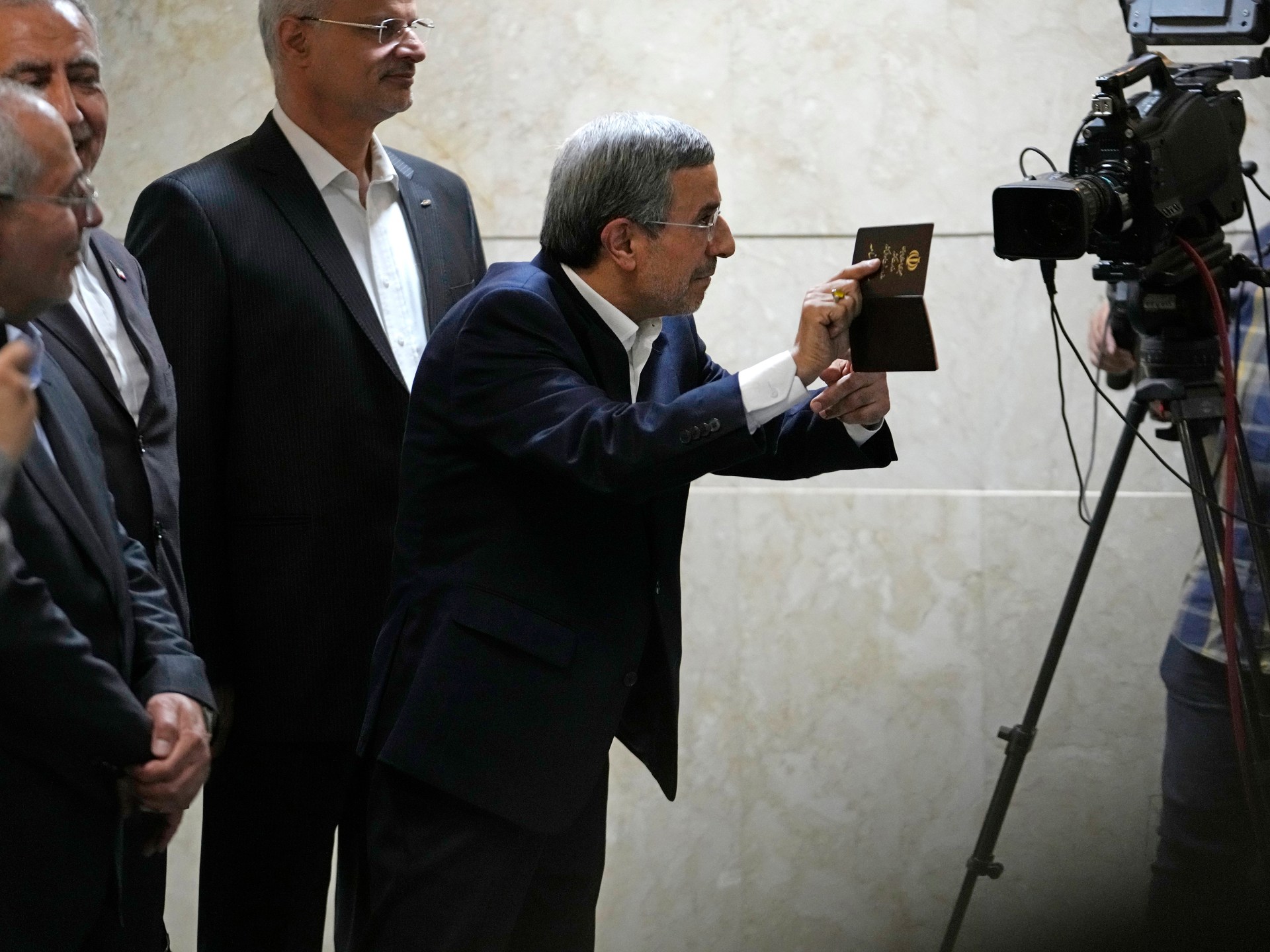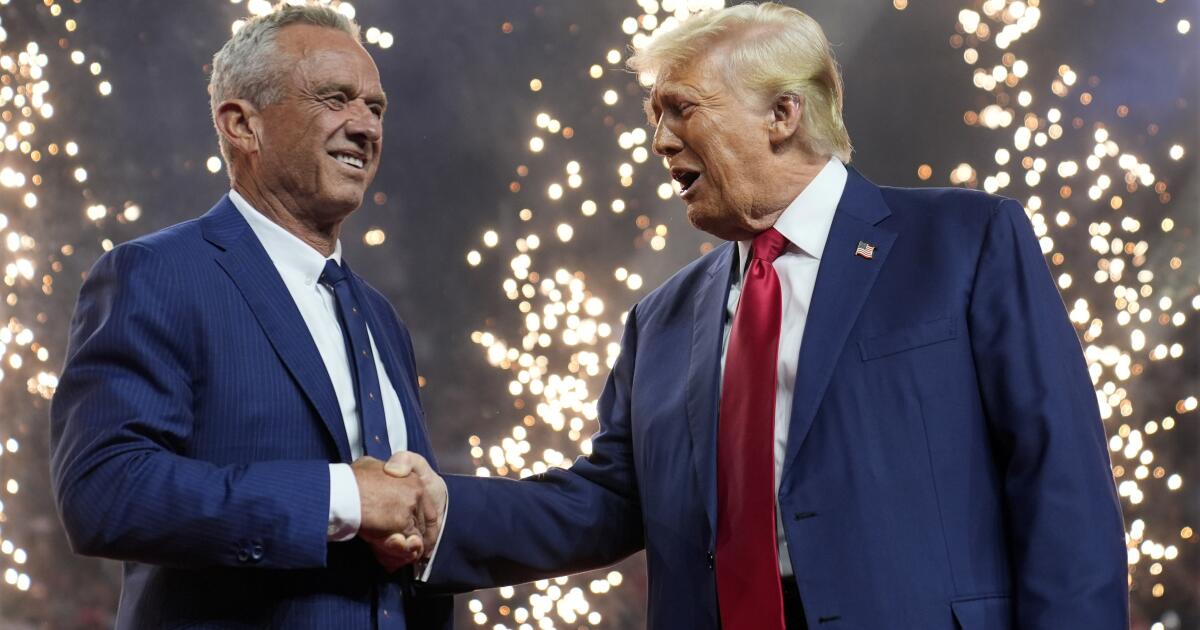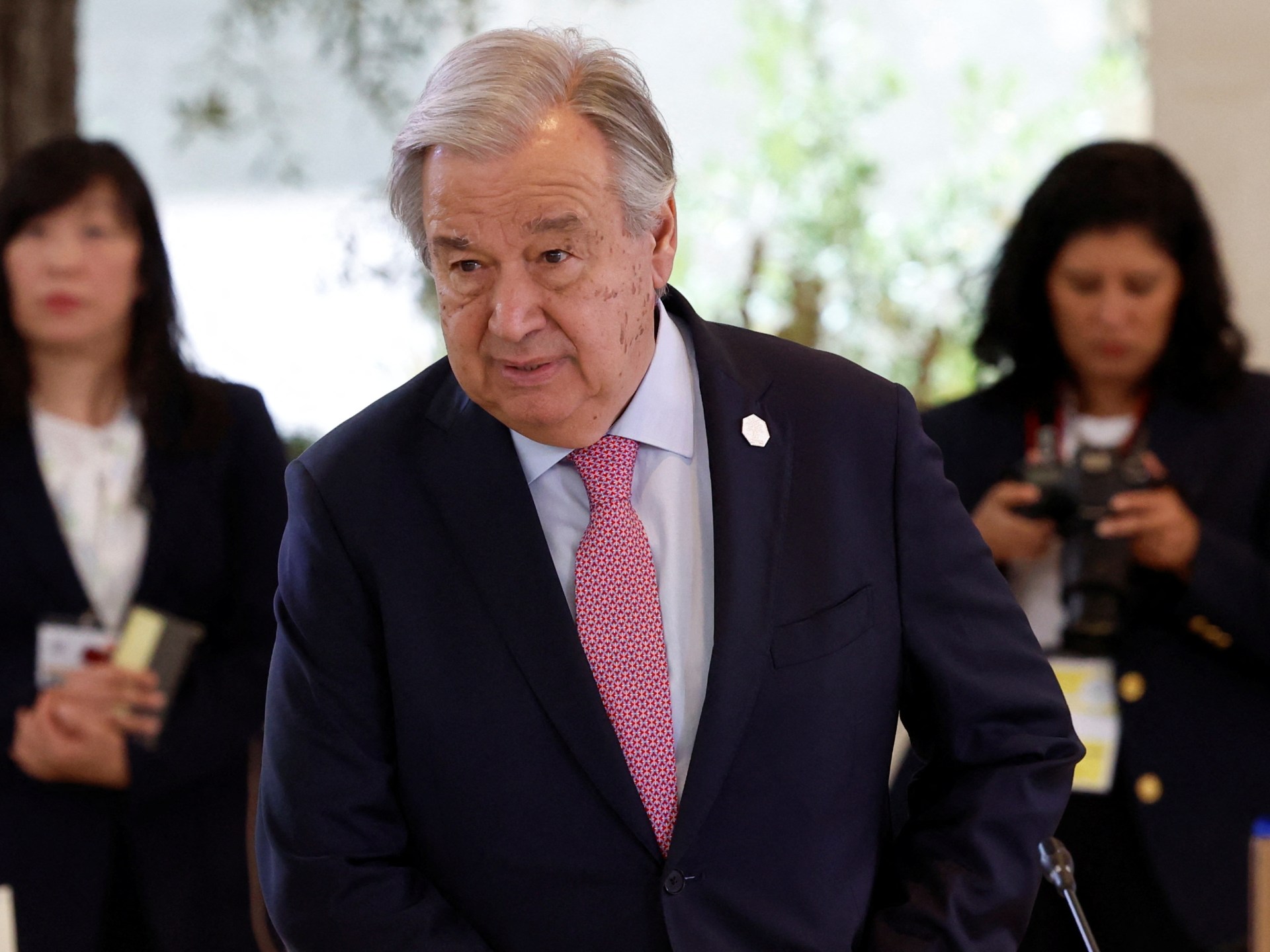The UK heads to the polls on July 4 after Prime Minister Rishi Sunak announced a snap election on May 22.
Parties competing for the 650 seats in the House of Commons, the lower house of the UK Parliament, have published manifestos detailing their positions on issues such as the economy, the National Health Service (NHS), immigration and relationship of the United Kingdom with the European Union. Union.
The last general election in the United Kingdom was in December 2019, when Boris Johnson led the ruling Conservative Party back to power. Following Sunak's announcement, parliament was dissolved on May 30 and the country entered a period known as “purdah,” during which public officials and local governments must refrain from making announcements about new initiatives or plans that could be considered advantageous for a given country. politic party. However, Purdah does not prevent political candidates from soliciting votes.
These are the main political parties – and the promises they are making – in the run-up to the general election:
conservatives
Also known as the Conservative and Unionist Party or, informally, Tories or Tory Party
Political alignment: center right to right
Formed in: 1834
Manifest: Reduce borrowing and debt and cut taxes by £17.2 billion ($22 billion) a year by 2029-2030. Increase NHS spending above inflation and hire 92,000 more nurses and 28,000 more doctors. Increase defense spending to 2.5 percent of gross domestic product (GDP). Take advantage of post-Brexit relations in Europe. Impose a binding limit on legal migration and deport asylum seekers who arrive through irregular means to Rwanda.
Current leader: Rishi Sunak
In power since: 2010 (first five years in coalition with the Liberal Democrats) under Prime Minister David Cameron, followed by Theresa May, Boris Johnson, Liz Truss and Rishi Sunak.
Seats in the House of Commons in the outgoing parliament: 344
Support in the latest surveys: Twenty percent of respondents said they intend to vote Conservative, as of June 18, according to YouGov, the British data and public opinion tracking company. The Conservative Party won 43 percent of the popular vote in 2019.
Labour
Political alignment: center left
Formed in: 1900
Manifest: Introduce a new industrial strategy and focus on wealth creation rather than raising taxes. Reduce NHS waiting times by adding 40,000 more health appointments each week and double the number of cancer scans. Scrap the government's plan to send asylum seekers to Rwanda and instead strengthen border security and improve the relationship with Europe.
Current leader: Keir Starmer
Last in power: 1997 to 2010 under Tony Blair and Gordon Brown
Seats in the House of Commons in the outgoing parliament: 205
Support in the latest surveys: 36 percent. The party won 32 percent of the vote in 2019.
Liberal Democrats
Political alignment: center to center left
Formed in: 1988 through the union of the Liberal Party, founded in 1859 and a powerful force during the 19th and early 20th centuries, and the Social Democratic Party.
Manifest: Improve the relationship with the European Union. Focus on renewable energy. Increase the number of doctors and pay healthcare workers. Increase defense spending to at least 2.5 percent of GDP annually. Scrap Rwanda plan and lift work ban for asylum seekers. reduce greenhouse gas emissions by 2045, employ a mental health professional in every school.
Current leader: Ed Davey
In power: From 2010 to 2015 in coalition with Cameron's Conservatives and Deputy Prime Minister Nick Clegg, then leader of the Liberal Democrats.
Seats in the House of Commons in the outgoing parliament: fifteen
Support in the latest surveys: 14 percent. In 2019, the party won 12 percent of the vote.
Vegetables
Political alignment: leftist ecopolitics
Formed in: 1990
Manifest: Increase taxes on the rich. Put railway, water and energy companies under state control. Increase the NHS budget. Cancel Trident, the UK's nuclear deterrent programme. Help immigrants “put down roots” and end the minimum income requirement for spouses of work visa holders. Rejoin the EU. Stop all new fossil fuel extraction and rely on wind and solar energy. Scrap undergraduate university fees
Current leaders: Carla Denyer and Adrian Ramsay
Seats in the House of Commons in the outgoing parliament: one
Support in the latest surveys: 7 percent: an all-time high. The party won 1 percent of the vote in 2019.
UK Reform
Political alignment: on the right
Formed in: 2019 (as Brexit Party)
Manifest [or a contract with voters, as the party calls it]: Accelerate infrastructure projects. Eliminate red tape by eliminating labor laws that make it difficult for employers to hire and fire workers. Reduce taxes on property purchases, cut taxes for frontline NHS and social care staff, offer tax relief for private healthcare. Recruit 30,000 new army members and increase defense spending. Detain and deport undocumented immigrants. Eliminate the more than 6,700 EU regulations that the United Kingdom maintained after Brexit. Ban “transgender ideology” in schools.
Current leader: Nigel Farage
Seats in the House of Commons in the outgoing parliament: one
Support in the latest surveys: 18 percent. The Brexit Party won 2 percent of the vote in 2019.
Scottish National Party
Political alignment: center left
Formed in: 1934
Manifest: Achieve Scottish independence from the United Kingdom. Protect the NHS from privatization and austerity, increase investment in hospitals, schools and rail and road infrastructure. Scrap trident. Increase maternity pay. Rejoin the EU. Scrap Rwanda plan. Demand an immediate ceasefire in Gaza.
Current leader: John Swinney
Seats in the House of Commons in the previous parliament: 43
Support in the latest surveys: 3 percent. She got 4 percent of the vote in 2019.
Cymru plaid
Political alignment: From center left to left
Formed in: 1925
Manifest: Achieve Welsh independence. Fair Funding Institute for Wales. Hire 500 more general practitioners. Increase child benefit payments by £20 ($25) a week. Rejoin the EU and the single market.
Current leader: Rhun ap Iorwerth
Seats in the House of Commons in the previous parliament: three
Support in the latest surveys: 1 percent. She got 0.5 percent of the vote in 2019.

